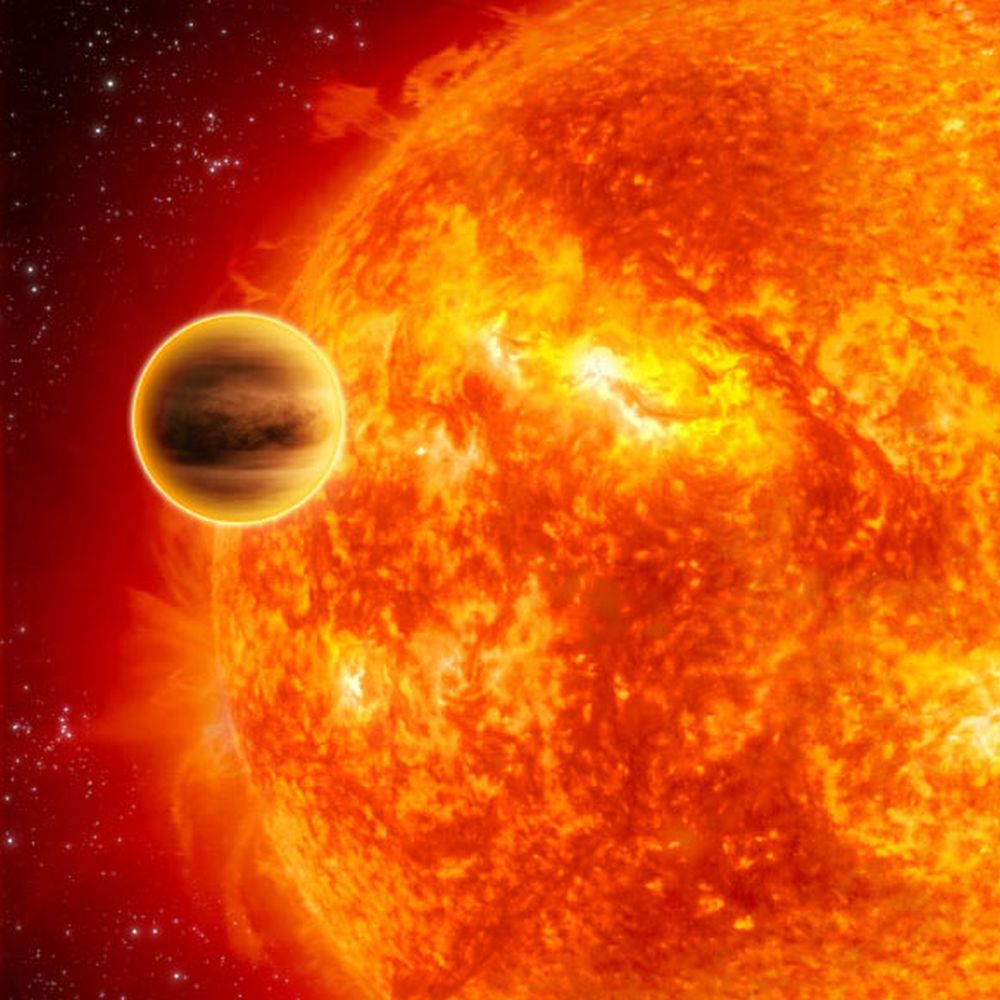
Continue reading

Continue reading

Continue reading

Scientists know how quickly dust builds up and allows them to measure in Saturn's rings, and it points to a recent formation.
Continue reading

Continue reading

Continue reading

Continue reading

Using data from the ESA's Trace Gas Orbiter (TGO), new research shows that organic material on Mars may not be an indication of past life.
Continue reading

Continue reading

A new method of measuring cosmic expansion uses multiple observations of a supernova in a lensed galaxy.
Continue reading

Continue reading

Continue reading

Continue reading

Continue reading

A new study by a team of French researchers has confirmed that the Moon has a solid inner core.
Continue reading

Continue reading

A new study by the SUper massive Black hole Winds in the x-rAYS (SUBWAYS) project explores the role of "space winds" in shaping galaxies.
Continue reading

New images from JWST have revealed the light from a globular cluster in this earliest epoch, showing that it contains large amounts of nitrogen produced by the explosions from early stars.
Continue reading

Continue reading

Continue reading

Continue reading

Continue reading

Continue reading

Continue reading

Continue reading

NASA's TESS mission has turned up hundreds of planets and planetary candidates, and here are two more.
Continue reading

Be sure to set your alarm for early Wednesday morning, for one of the best occultations of 2023.
Continue reading

Continue reading

Continue reading

The magnetospheres of Earth and Jupiter might be used to observe high-frequency gravitational waves.
Continue reading

Continue reading

Continue reading

Continue reading

Continue reading

Continue reading

A high-school student and an international team of astronomers created the first-ever map of the Horsehead Nebula's magnetic field.
Continue reading

Continue reading

Continue reading

China's mysterious experimental spaceplane (Shenlong) just returned to Earth after spending 276 days in orbit.
Continue reading

Continue reading

Continue reading

A team of Princeton scientists have shown how a Direct Fusion Drive could greatly enhance the Dragonfly's exploration efforts on Titan.
Continue reading

Magnets are a handy tool for finding meteorites, but they can also erase vital clues about the early solar system.
Continue reading

Continue reading

An advanced civilization might use horseshoe orbits to bring their vacation spots closer to home.
Continue reading

Continue reading

Continue reading

Continue reading

A team from the Chinese Academy of Science (CAS) has revealed a new picture of the Milky Way's morphology.
Continue reading

The James Webb Space Telescope has allowed astronomers to see deeper into cosmic history than ever before, but it doesn't disprove the big bang.
Continue reading


















































